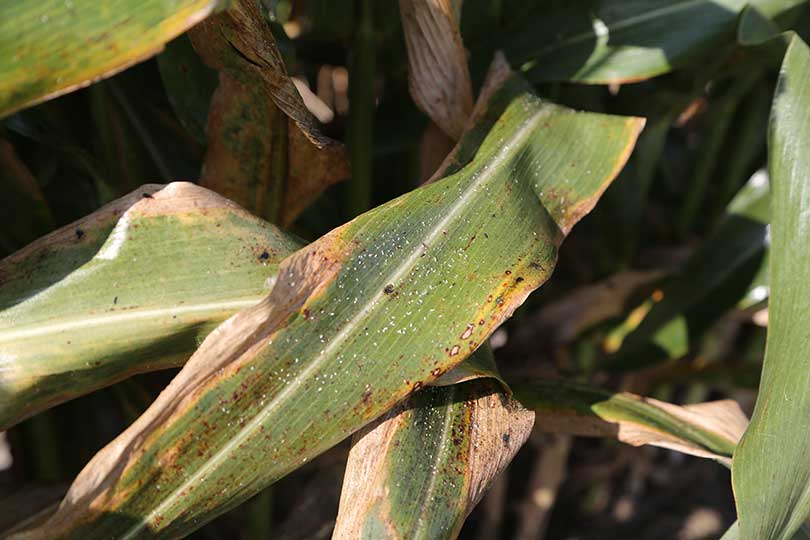Texas sorghum farmers will once again be able to use sulfoxaflor this growing season to help in their fight against sugarcane aphids. The Environmental Protection Agency (EPA) announced the approval of an emergency Section 18 provision for the limited use of Transform, or sulfoxaflor, this year.
Sulfoxaflor belongs to a novel chemical class called sulfoximines produced by Dow AgroSciences.
This is the fourth year the Texas Department of Agriculture (TDA) has requested a specific exemption for use of sulfoxaflor on sorghum to control sugarcane aphids.
The emergency label use is effective April 9 through Nov. 30, 2017.
Controlling sugarcane aphids with just one insecticide was almost certain to lead to rapid insect resistance. Sulfoxaflor can be used in a large number of major crops, including cotton, soybeans, grain sorghum, potatoes, vegetables, strawberries and more.
While the product was cleared for use in cotton, use on grain sorghum required a special emergency exemption. The guidelines for use under the emergency exemption order for use in Texas addressed those issues.
“Sulfoxaflor is an ideal addition to Integrated Pest Management programs. Its unique mode of action provides fast-acting control of harmful pests. Moreover, research data on sulfoxaflor continues to demonstrate lack of cross-resistance with other insecticides,” Daniel R. Kittle, vice president of Research and Development with Dow AgroSciences, told Southwest Farm Press.
Federal action was taken in the fall of 2015 that put the use of insecticide in limbo. EPA issued a cancellation order for sulfoxaflor-containing products in response to a Ninth Circuit Court of Appeals ruling “vacating” product registrations that year over concerns of the use of the chemical and its adverse effect on pollinator populations.
The TDA recertified that the emergency condition still exists and that there were no changes to the use direction, including use rates and type of application, approved in the last authorization dated April 8, 2016. The specific exemption is subject to the conditions set forth in the EPA letter, which includes:
- Foliar applications may be made by ground or air at a rate of 0.75 to 1.5 ounce of product (0.023-0.047 pound of active ingredient) per acre. A maximum of 2 applications may be made per year, resulting in a seasonal maximum application rate of 3 ounces of product (0.09 pound of active ingredient) per acre per year.
- Do not apply product 3 days pre-bloom or until after seed set.
- To minimize spray drift and potential exposure of bees when foraging on plants adjacent to treated fields, applications are prohibited above wind speeds of 10 miles per hour (mph). Applications must be made with medium to coarse spray nozzles.
- Retreatments are prohibited within 14 days of application. A restricted entry interval (REI) of 24 hours applies to all applications. Pre-harvest interval (PHI): Do not apply within 14 days of grain or straw harvest or within 7 days of grazing, or forage, fodder or hay harvest.
- A maximum of 3,000,000 acres of sorghum fields (grain and forage) may be treated in Texas.
- Environmental Hazards Statement on the label: “This product is highly toxic to bees exposed through contact during spraying and while spray droplets are still wet. This product may be toxic to bees exposed to treated foliage for up to 3 hours following application. Toxicity is reduced when spray droplets are dry. Risks to pollinators from contact with pesticide spray or residues can be minimized when applications are made before 7 a.m. or after 7 p.m. local time or when the temperature is below 55 degrees Fahrenheit at the site of application.”

